By Chloe Bankson, contributor
11/28/15
UNC Asheville puts on a front to make the campus seem more ethnically diverse, but it is not much different from surrounding areas, said Corey Stanley, senior environmental science student. According to UNCA officials, 82 percent of the undergraduate student body is white.
College Factual reports that UNCA does not meet the ethnic diversity national average.
“Basically my take of diversity on campus is that we have a lot of cultural diversity, but we do not have a lot of racial diversity,” Stanley said. “That is pretty much exactly what you see in Asheville.”
Stanley said even with the differences between Asheville and the rest of the county, some similarities still remain.
“If you look at Buncombe County demographics and compare them to UNCA, they are really similar,” Stanley said. “I don’t think it is anything that UNCA has done to stop diversity.”
Stanley said UNCA tries to pretend it has more ethnic diversity than it really does.
“Obviously UNCA puts on this diversity mask every time you go on the website. It is pretty obvious. There are a couple of students who are involved on campus who are not white, and you see them everywhere. You see them in all of the publicity that UNCA puts out,” Stanley said. “It’s fine, because the reason more minority people don’t come here, is because like-people want to be around like-people.”
Jerad Crave, a lecturer of education at UNCA, said the university has started to see more diversity, and hopes to see it continue.
Crave said Advancement Via Individual Determination for higher education, which is specifically centered around students who are first generation, from underrepresented backgrounds and from low socioeconomic backgrounds, has had a big impact on enrollment at UNCA.
“Last year our diversity numbers went up by 5 percent. This year they went up by 12 percent, so we had the most diverse class ever at UNCA this year,” Crave said. “I can definitely point to the program to being key to that, but UNCA’s reputation and accepting atmosphere can be a component of that.”
Crave said UNCA strives to be more inviting to different races. The more diverse the UNCA student body becomes, Crave said, the more diverse applicants the university will attract.
Crave said when teaching students who aspire to be future teachers, it is important for them to incorporate culture into the classroom.
“We talk about a lot of different themes starting with our own diversities. So looking at our own cultural, ethnic, racial, diversity as the foundation blocks of who we are as individuals, and then who we in turn are as teachers,” Crave said.
Crave said he pushes aspiring teachers to see the different forms of diversity in the classroom: socioeconomic, racial, ethnic, linguistic, sexual and gender diversity, as well as disability. Crave puts an emphasis on students understanding their own biases and prejudices.
Crave said these biases and prejudices have many causes.
“They may be from historical things, from family, references from the past or current ones, or personality biases,” Crave said. “We want to expose them.”
Crave said he wants to help aspiring teachers confront their biases and prejudices in effective ways so they can more successfully engage students. Crave said students should feel like they share a commonality with their teacher.
“The reality is that majority of teachers are white females,” Crave said. “So, the gap between (student) diversity and teacher diversity is pretty great.”
Evan Couzo, UNCA assistant professor of STEM Education, said he experienced many different diversity settings growing and through teaching in different states. He said ethnic diversity varied by place.
“Dad’s family is Cuban, my mom’s family is white and Jewish. Diversity is a really weird thing, I think I have an interesting experience or relationship with diversity because I am, on paper, very diverse,” Couzo said. “Because of where I grew up in Florida, it was a very Hispanic community with a lot of black people, Indian people, Asian people, and to me that is not diversity, that’s just life.”
Couzo said he finds it strange there are places where only one race makes up the majority of people in an area.
“Those are the communities that I grew up in, that isn’t unique. What is unique to me is moving to a place that is excessively white, and I think that is the norm for a lot of people, especially in Appalachia,” Couzo said. “That is the weird thing to me, not that there are different communities of different ethnicities.”
Couzo said the main separation he saw teaching was the separation of races by public and private education.
“I taught middle school in the Mississippi Delta which wasn’t particularly diverse, but that’s because everybody in the public schools there was black,” Couzo said. “In three years of teaching I think I had like five white kids, even though the town was about 50 percent white, they went to a private school.”
Couzo said he saw more ethnicities in graduate school.
“I was in Chapel Hill, which is also a pretty white place, but I am in the sciences so there are a lot of Asian students, Chinese, Taiwanese, Korean,” Couzo said. “When I was in Boston at MIT, again, there were a lot of Asian students there.”
Couzo said he noticed things he hadn’t before after moving to UNCA.
“I had been here for a few weeks and I was walking around campus and I saw an Asian student, and it struck me that I noticed that I saw an Asian student, because it had been weeks since I had seen anybody with that ethnicity,” Couzo said.
Couzo said the last seven or eight years, seeing people of that ethnicity was a part of his daily life.
“I worked with them. I spoke with them. I saw them everywhere. So, it is not as diverse here as other places that I have lived, and I notice it more subconsciously than consciously,” Couzo said.
Couzo said the racial divide was strong where he taught in the South.
“When I lived in Mississippi, it was strange because in a place like Mississippi or Alabama where there really are only two races that people care about, you are either white or you are black. I was a white person. I mean I am a white person,” Couzo said.
Couzo said just by virtue of looking white, he was a part of the white community.
“But because I taught in the public schools, I lived on the “‘black side’ of town, because I wanted to live in the community of my family’s and my students. I was also a part, or welcomed in, to the black community,” Couzo said.
Couzo said it was strange to be a part of two communities.
“One, because by virtue of what I look like, the other because I actually was a part of that community.”
Couzo said Mississippi still has — and is the only state — that still has the Confederate flag embedded in its state flag.
“Before I moved there, I would say 2001 or 2002, there was a state referendum to redesign the flag, and that lost big time. The state overwhelmingly voted to keep the flag the way it is,” Couzo said.
Crave said people need to understand that society has not gotten completely past racial inequality yet.
“We are not a post-racial society, you hear this term “post-racial society” because we elected a black president. Things have not changed dramatically since that time, but people point to that. Yes, it is an important event, but it is just the beginning. There is still a lot of work to be done,” Crave said.
Latest Stories
- Asheville residents at odds over U.S. financial assistance to Ukraine
- The UNC Asheville Saber Club’s duels remain, moved to AC Reynolds Green
- UNCA League of Legends takes first in stunning finals match against HPU
- From passion to professional play: How a UNCA League of Legends MVP hit their stride
- Old UNCA sorority still has its footprints on campus
- Mass communication students visit Charlotte to watch Hornets game
- Blue Banner Connections #1
- Sex toys get luckier than traditionalist men
- A student's perspective on traveling and concerts
- Local bead and craft store continues to thrive under new management

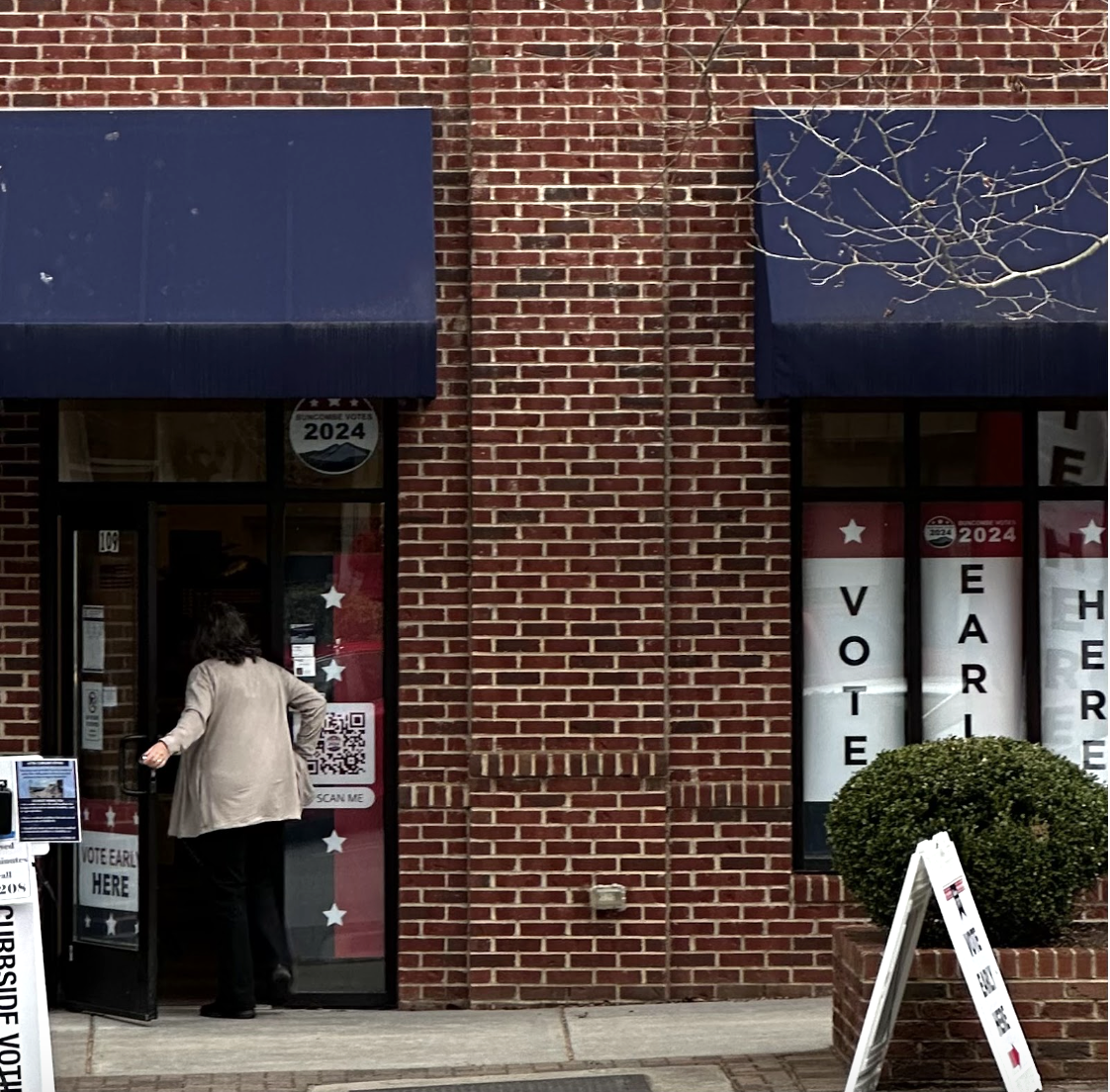
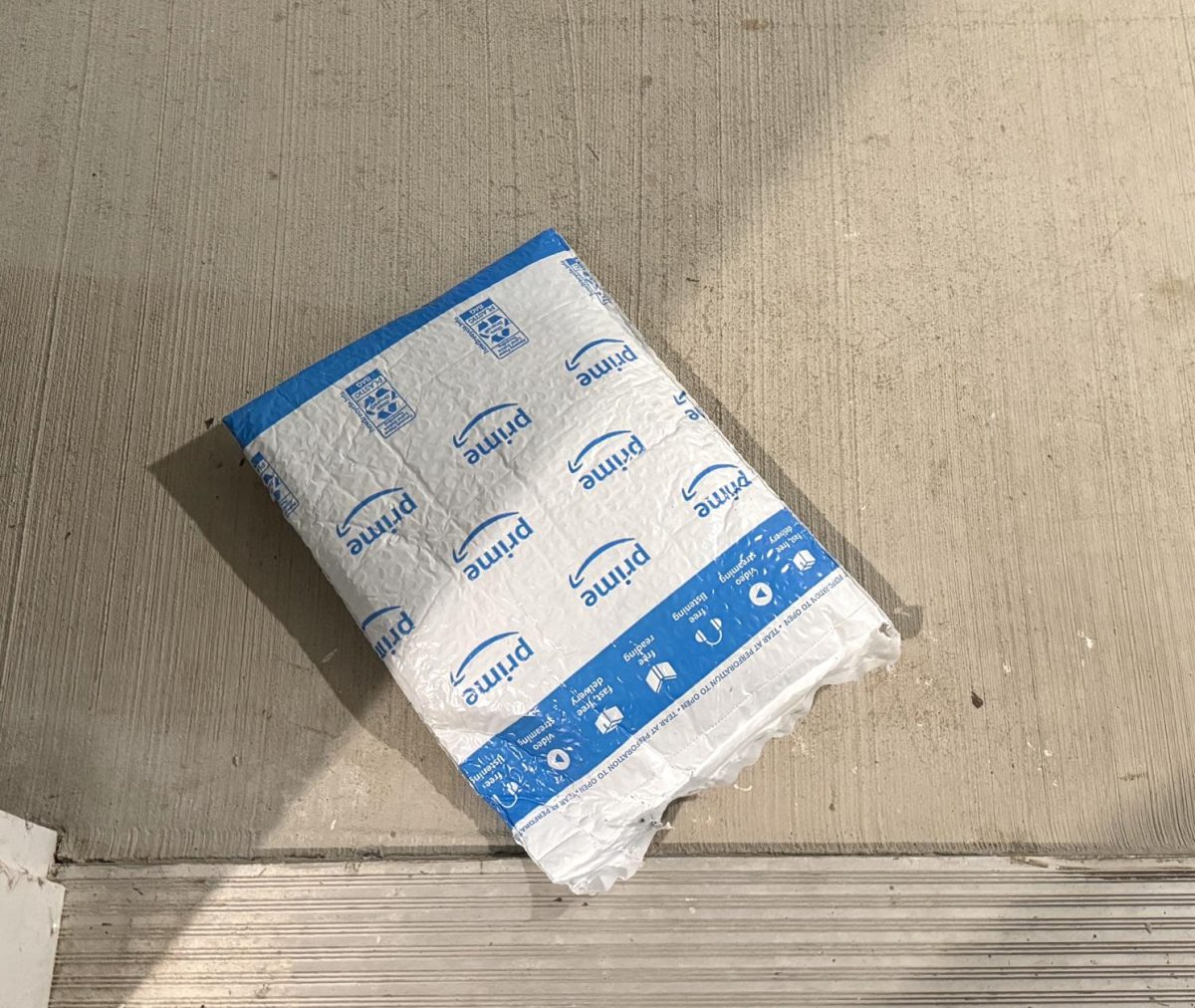
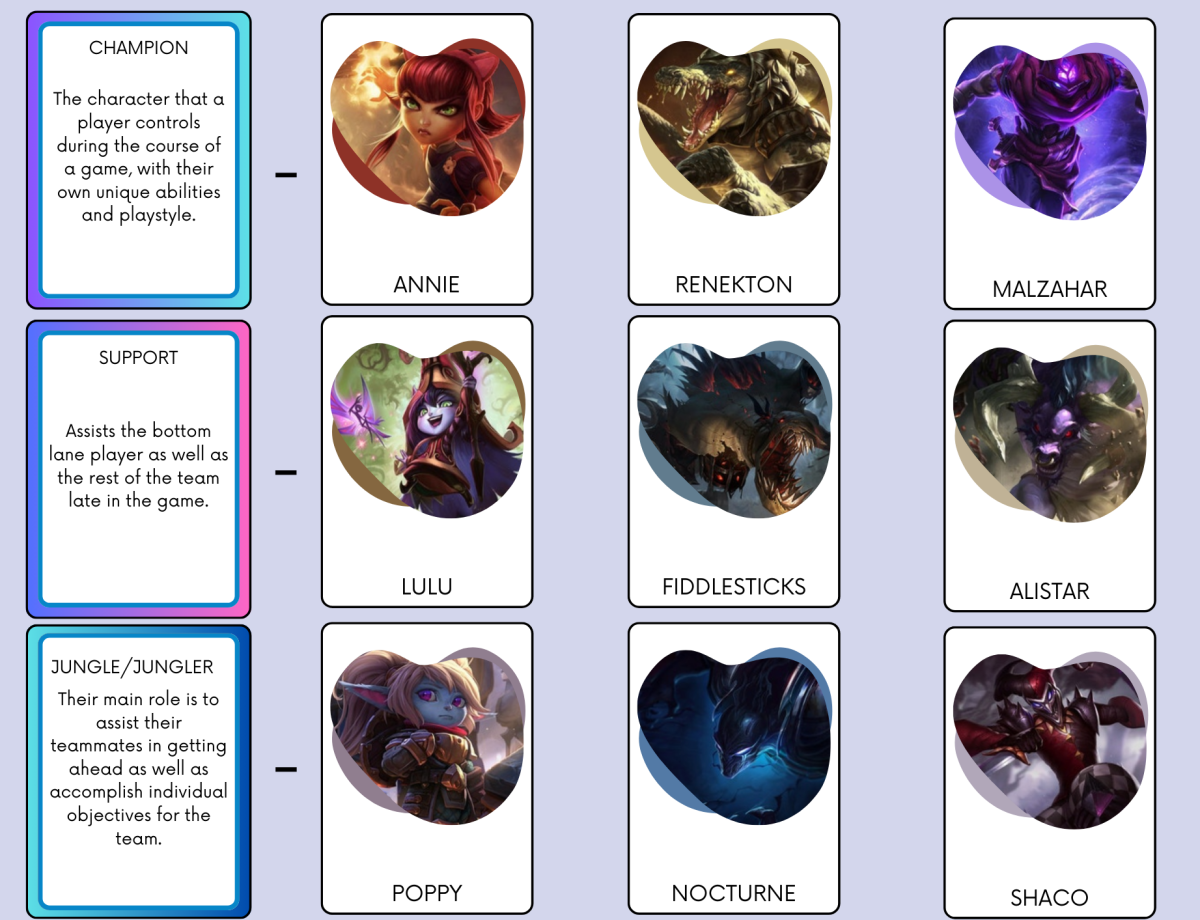
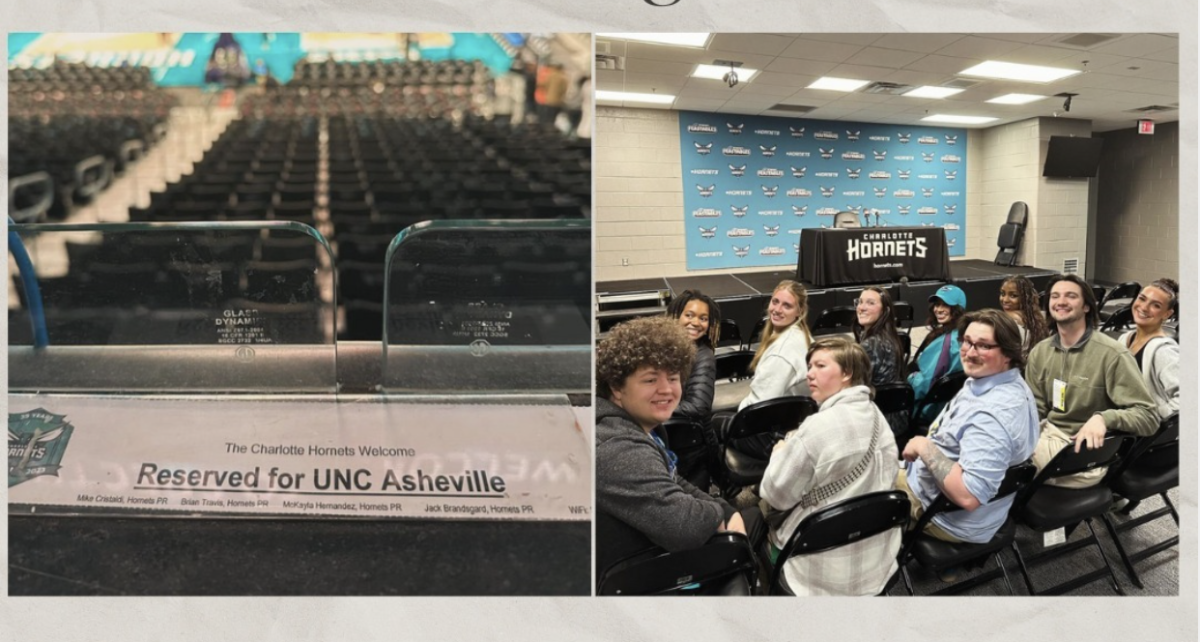




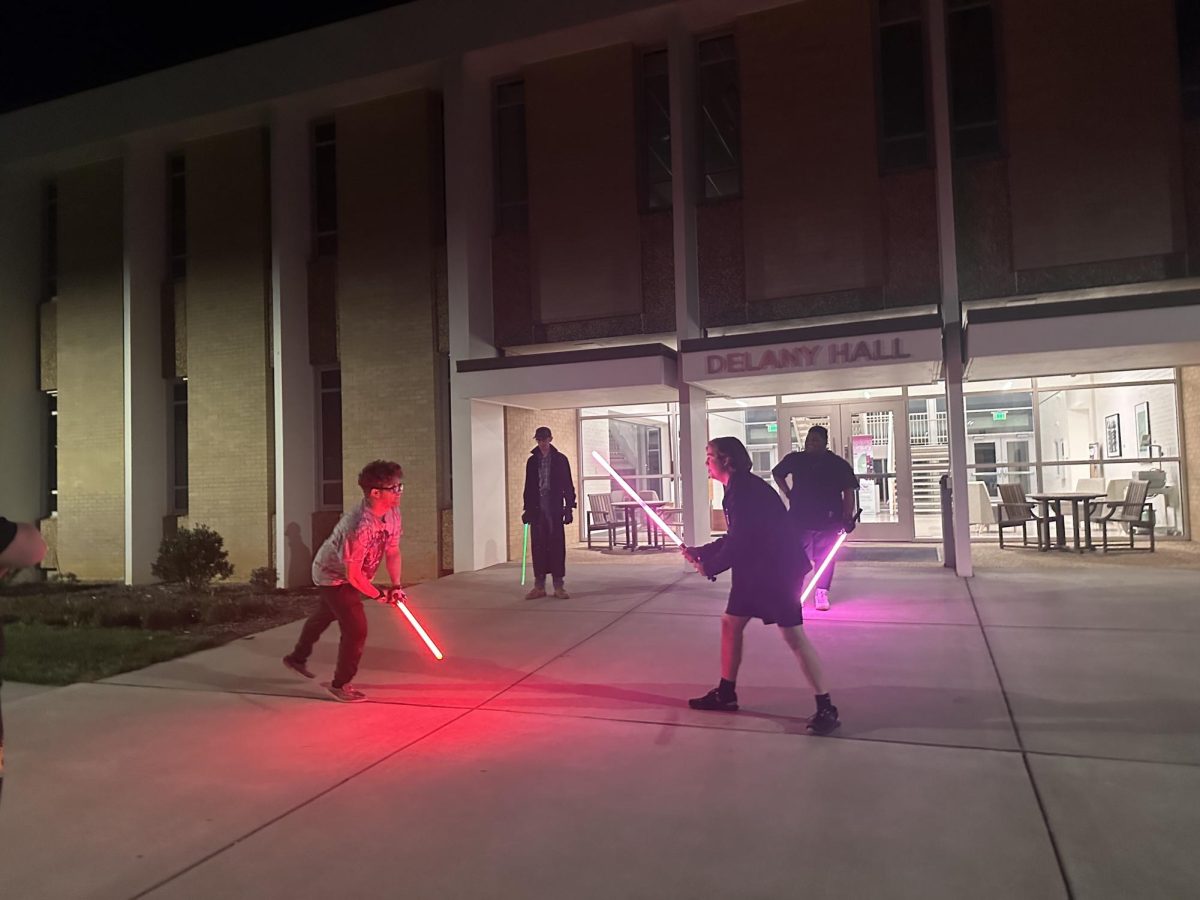
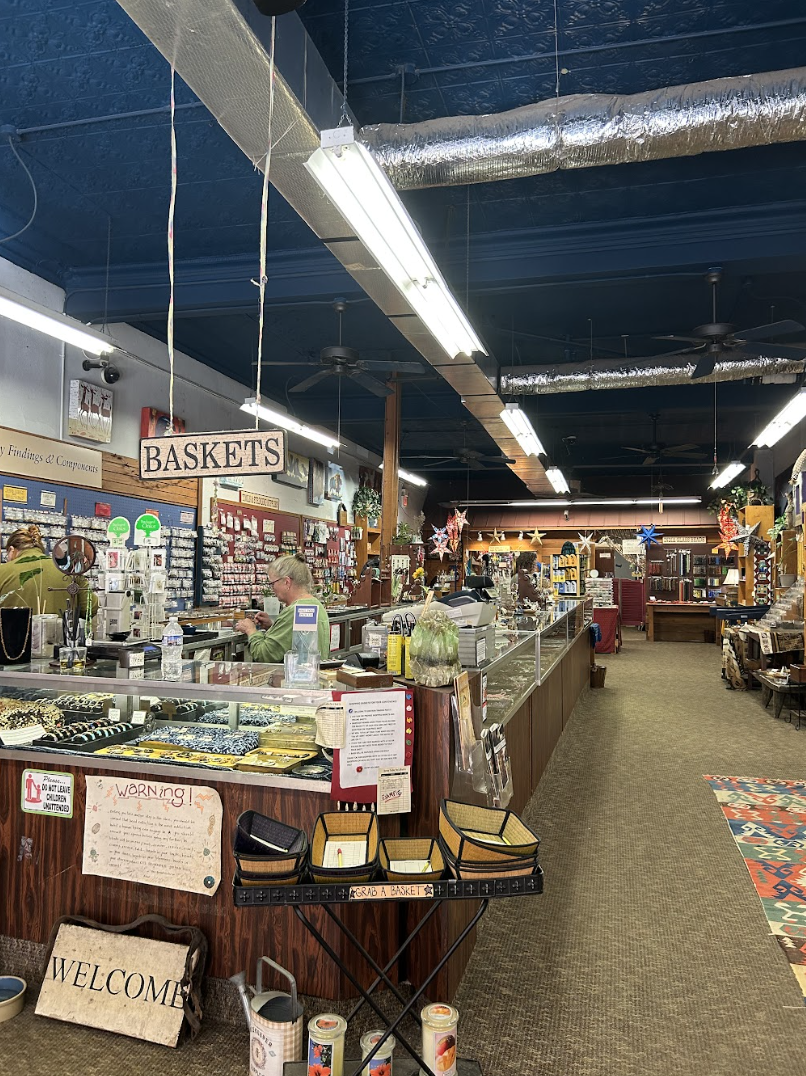
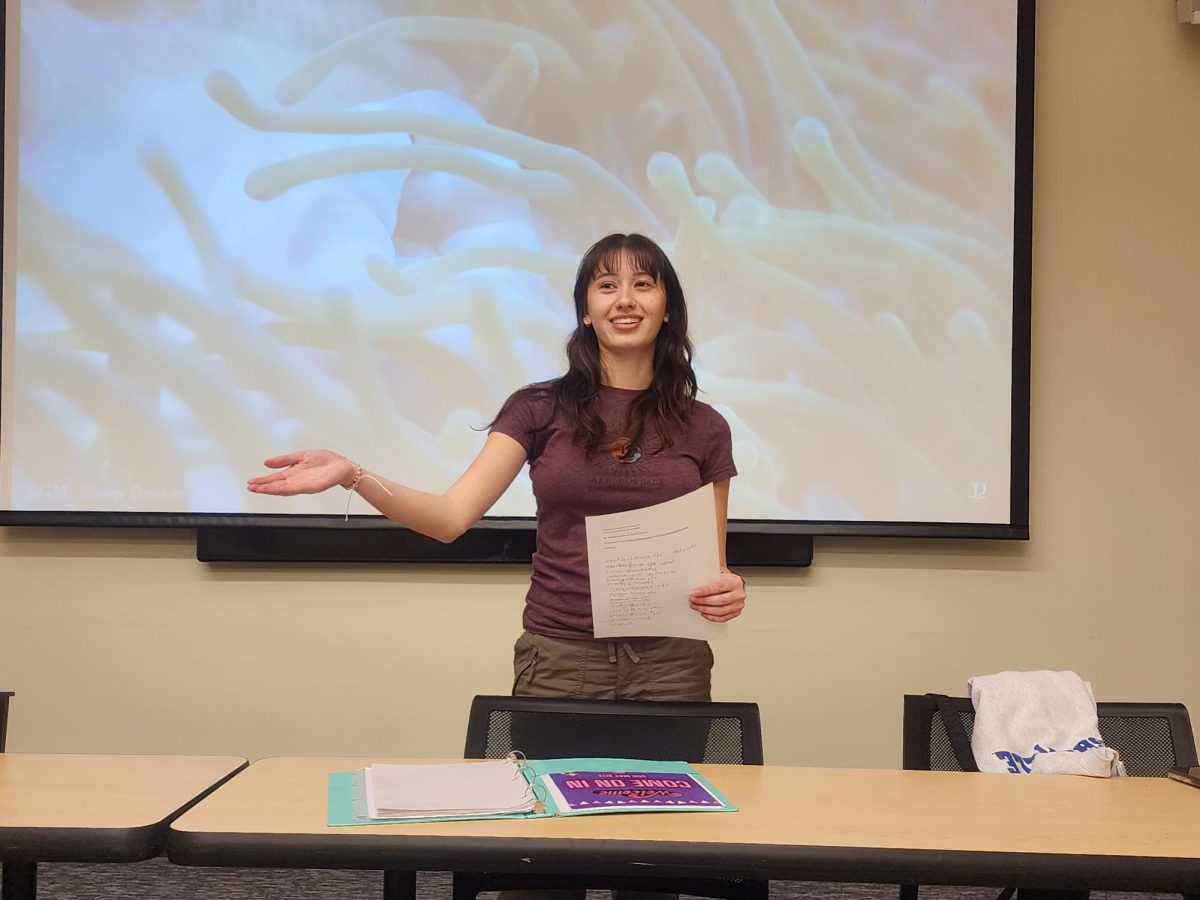
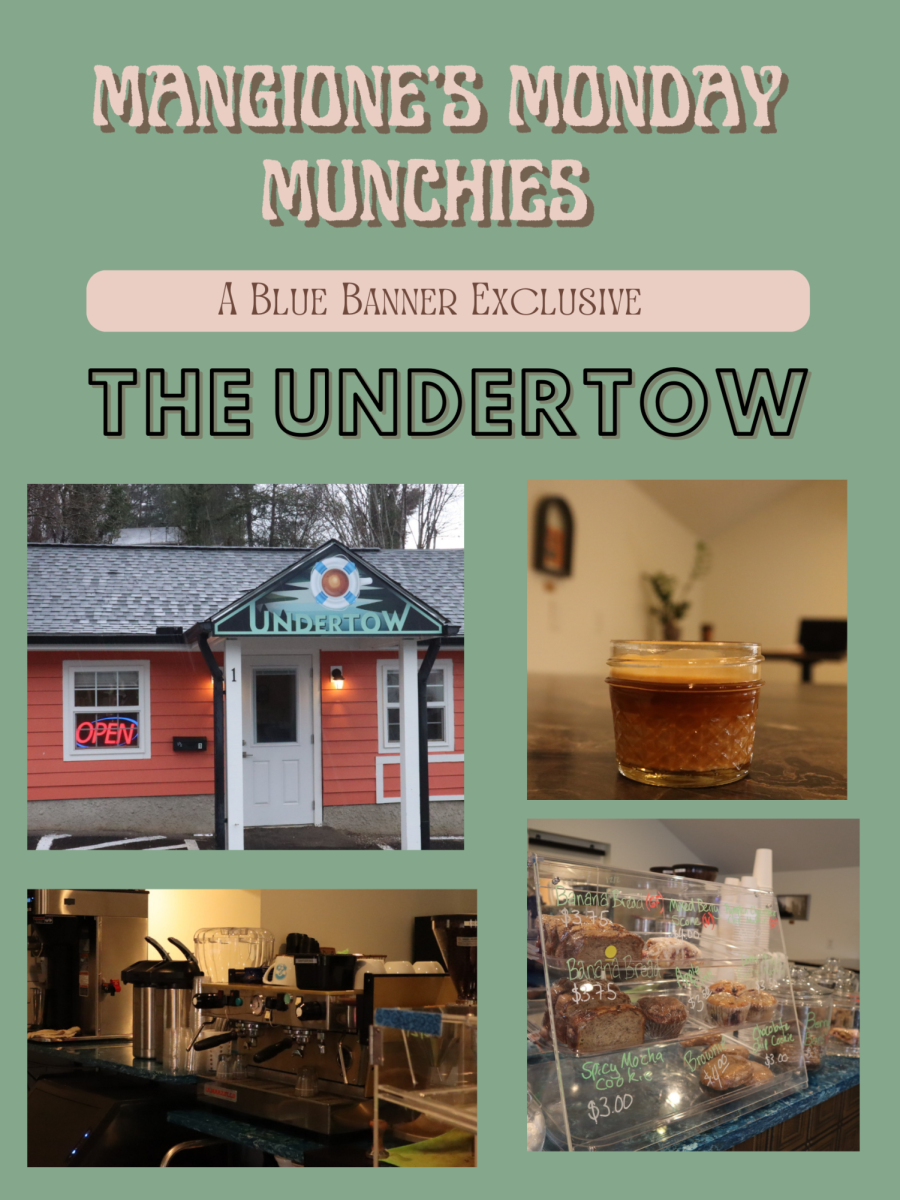
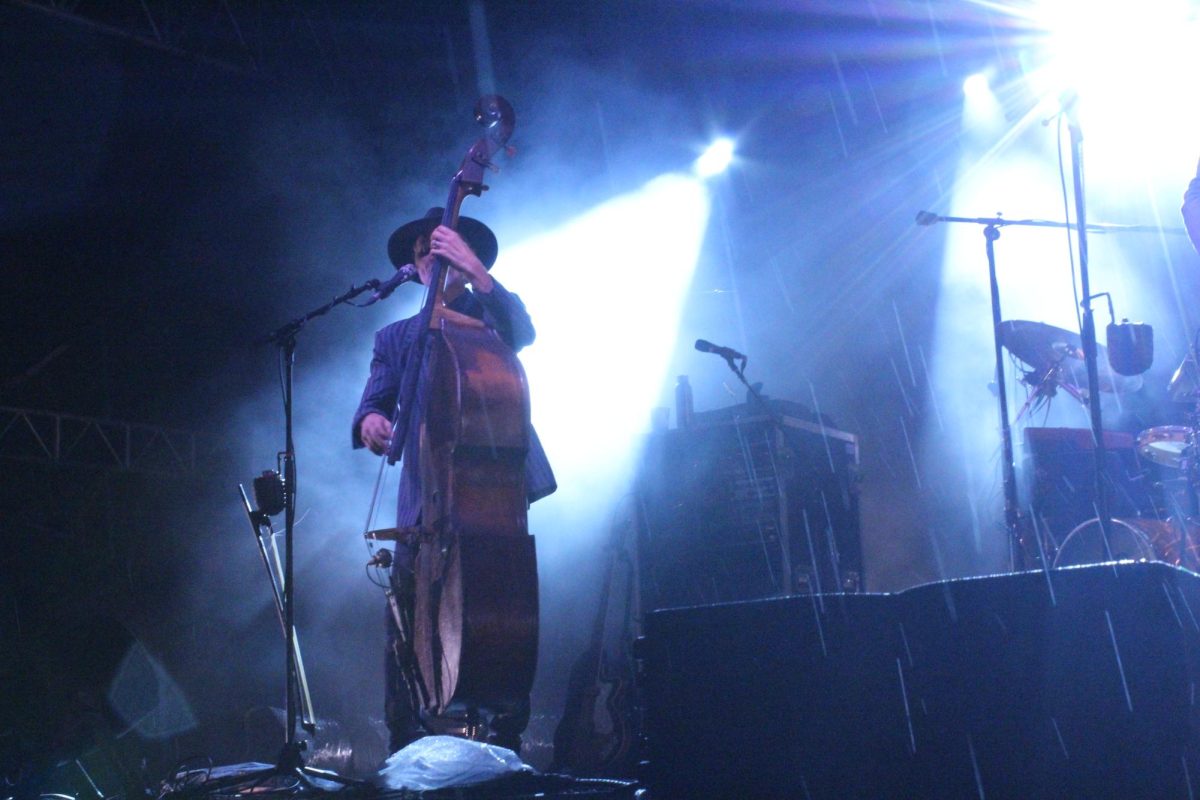
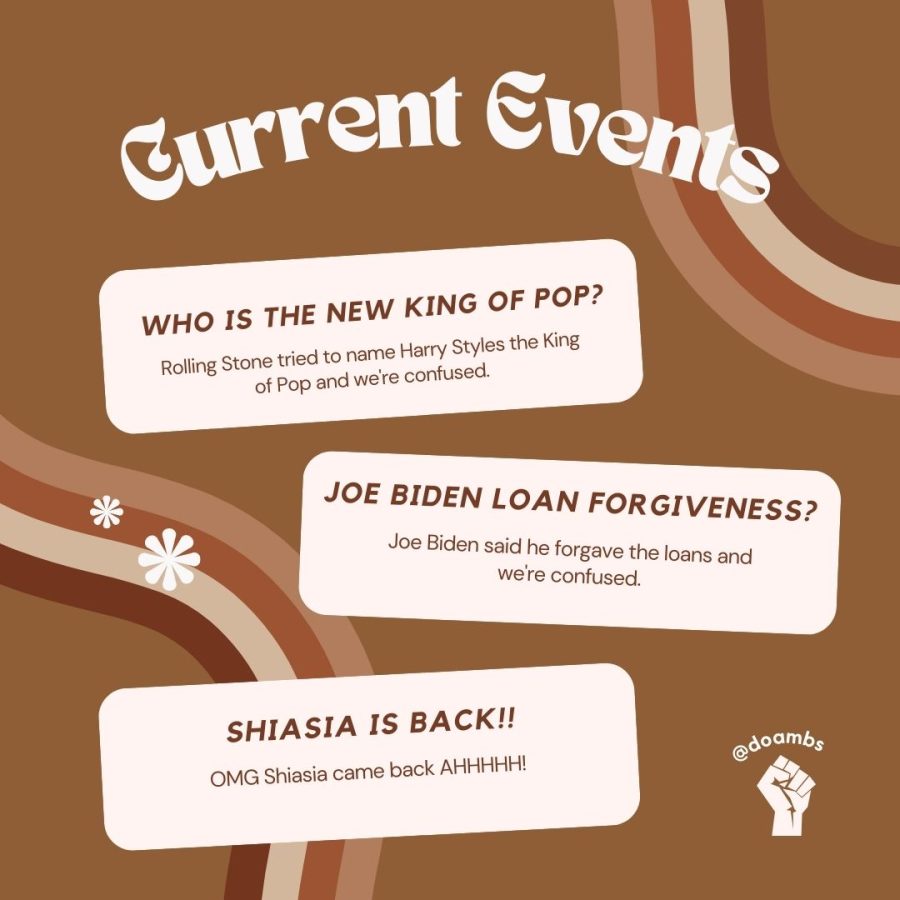

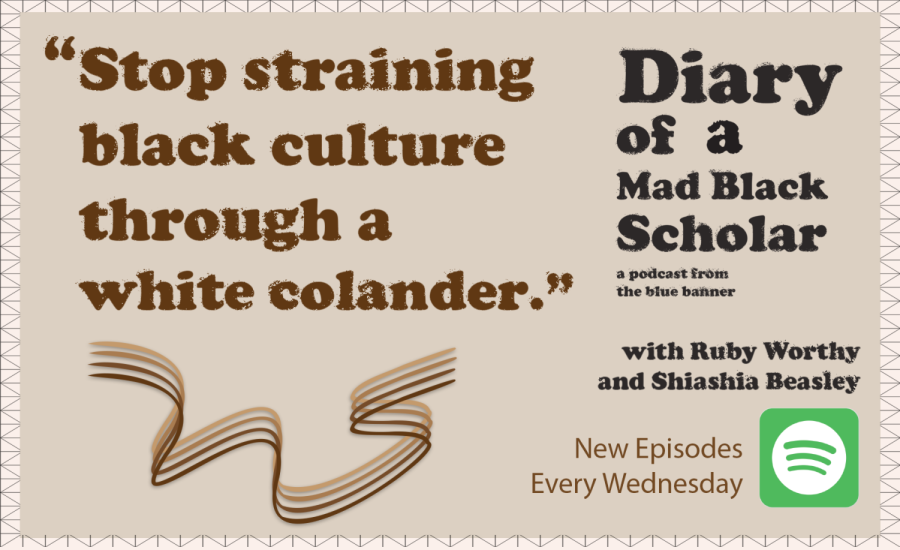
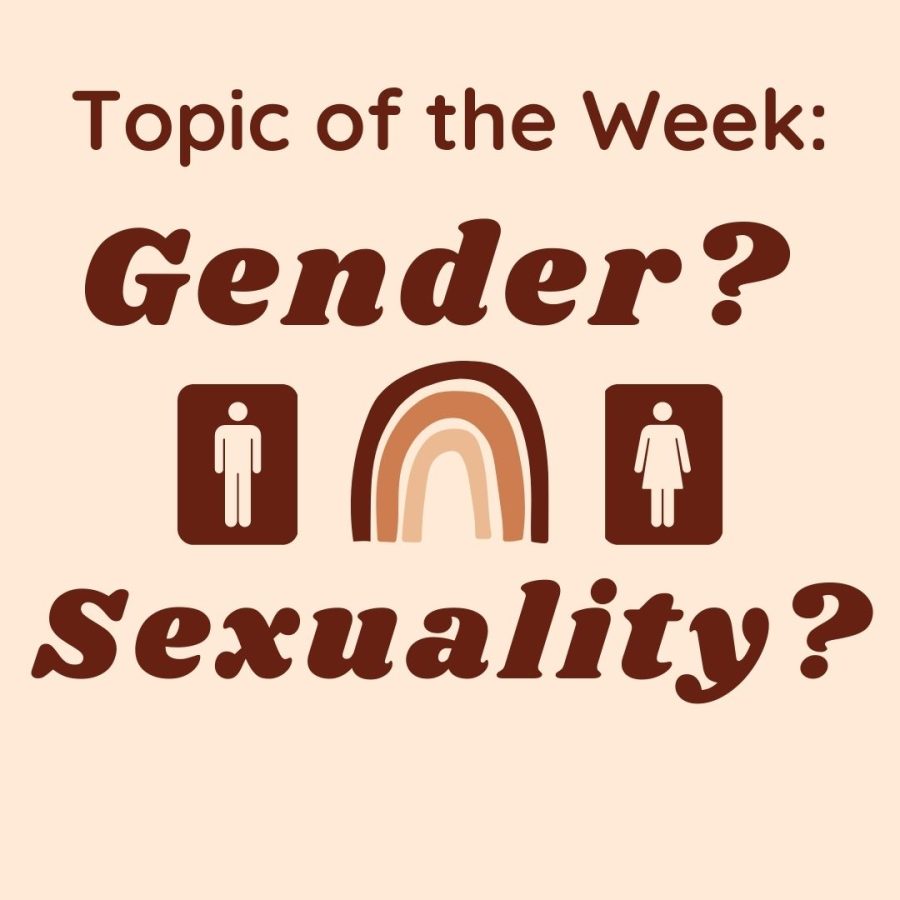
John Penley • Nov 28, 2015 at 7:03 pm
I just noticed a typo in the spelling of Faculty and want to correct it.
John Penley • Nov 28, 2015 at 7:01 pm
From conversations that I had with African American students at the Asheville Black Lives Matter protests, seeing the lack of UNC-A administration and facukty at the protests and observations that I made during the Veterans For Peace convention on the UNC-A campus it became painfully obvious that UNC-A is a mostly all white University and has very little diversity in the student population and I blame the Faculty and Administration for this. I am very happy to see that the lack of diversity is being addressed by some of the UNC-A students and also by the student paper The Blue Banner. This lack of diversity mirrors the institutional racism that is obvious in the downtown Asheville area in regards to hiring and both Asheville and UNC-A need to make some big changes.Both the UNC-A Faculty and Administration should be ashamed that they have not done very much to open their classrooms and campus to everyone.